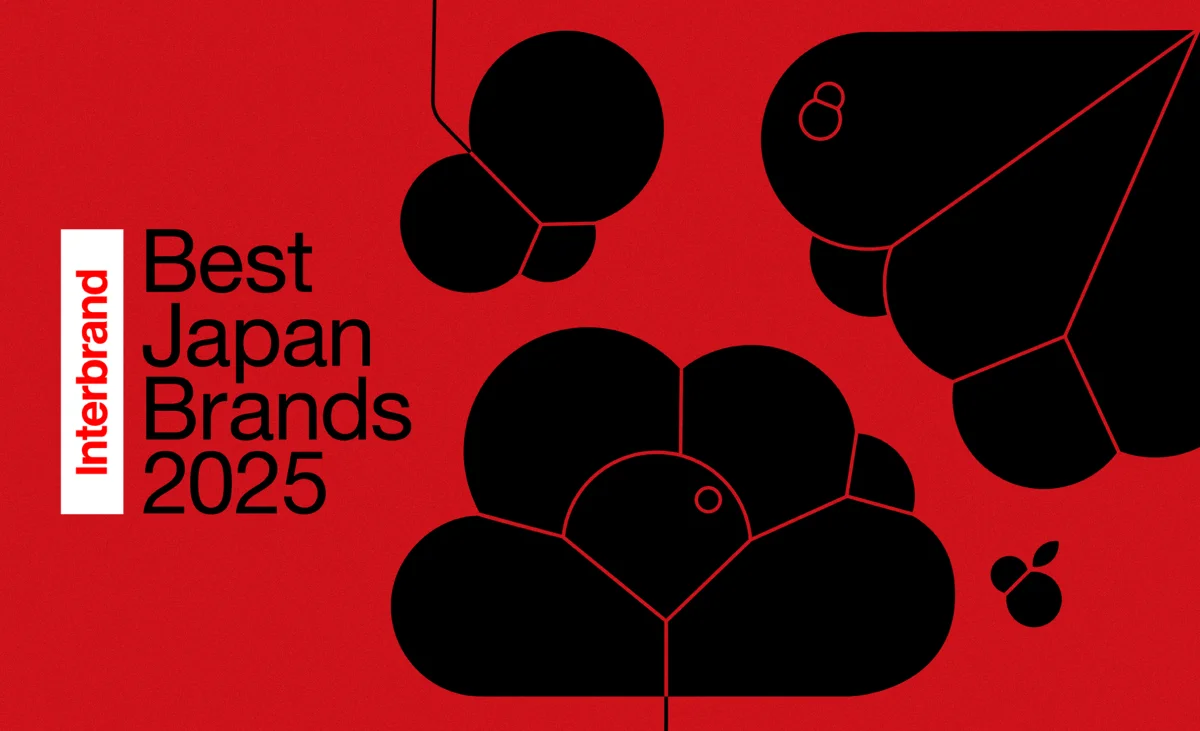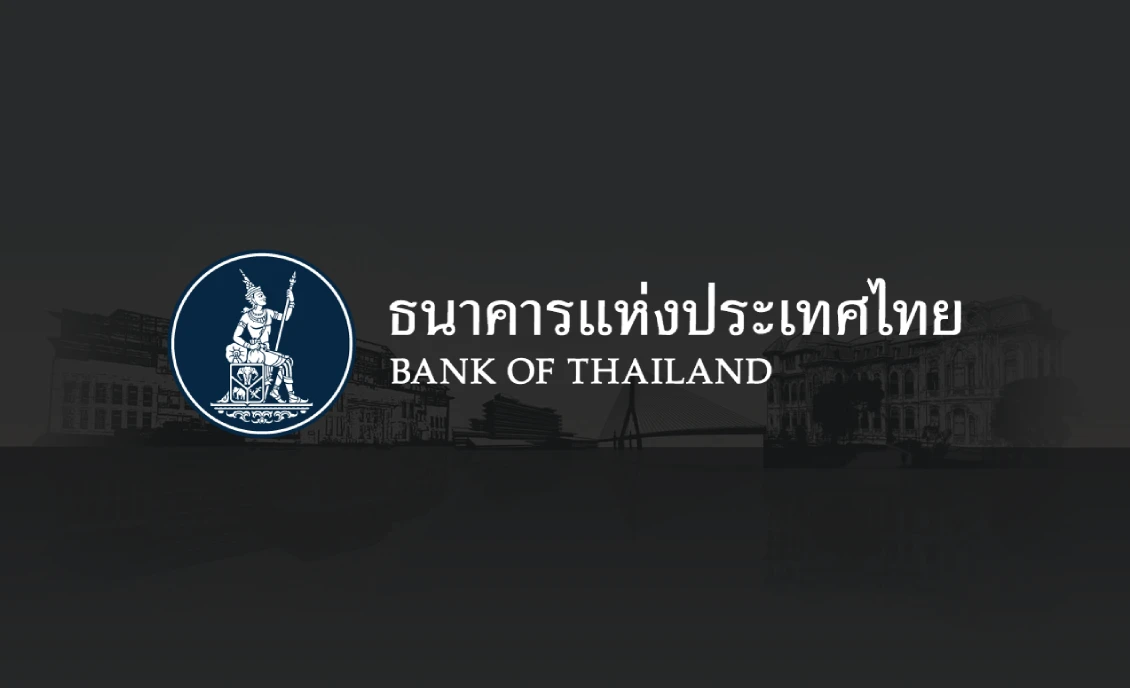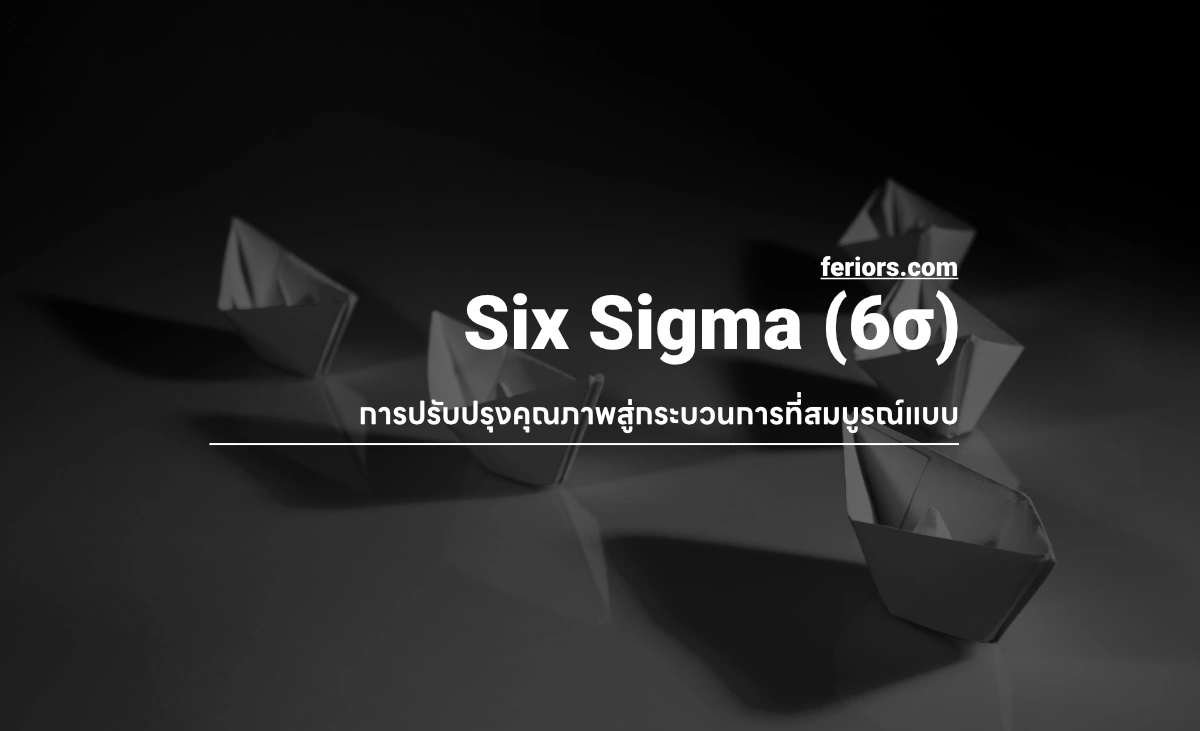What is Decoy Pricing
Decoy Pricing is a pricing strategy that is meant to boost sales of high profit products by creating another version of that product with an unreasonable price. When the customer starts comparing these products, the unreasonable price also known as Decoy Price will make the expensive one seem economical and reasonable.
Every time customers are faced with many choices, they always experience choice overload issue. In an attempt to make it’s simple and faster, customers always tend to simplify their choice by selecting the product with few important criteria to determine which one is the best value.
The decoy pricing strategy relies on this problem, to force customers in a particular direction while giving them the choices that make the customer feel reasonable to choose the expensive choice.
How the Decoy Pricing Works
Decoy Price is a pricing strategy that forces customers to choose the target price by allowing them to compare between multiple asymmetric prices (at least 3 prices), and one of them must be an unreasonable price to make customers start the comparison.
To put it simply, when customers only have 2 symmetric choices, they will make decision based on their own demand such as cheaper price, quantity, size, or personal preference. In this case, they are uncontrollable at all.
But when customers are offered by 3 or more choices with asymmetrically prices, they will more likely to prefer the dominating option. The customers will start comparing them based on efficiency and overlooked the price.
By the way, the best choice that the customer chosen is not really a choice, but they’re forced to chosen the best value to beat an unreasonable choice.
In other words, the choices with the unreasonable price make the expensive one look better and more economical.
Decoy Pricing Example
To understand more about the concept of the Decoy Pricing strategy, let’s take a look at our following example and what happen to our experiment.
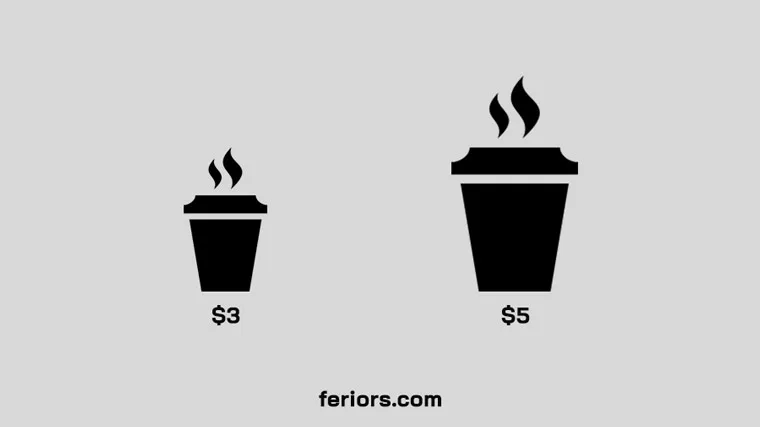
Without the decoy pricing strategy, we offered only small for $3 and a large cup of coffee for $5. In this case, the customer tends to buy a smaller one because no one needs the big cup and no one can drink it up.
To increase sales of the expensive one, then we use the decoy pricing strategy by added a medium cup for $4.5 as a third choice.
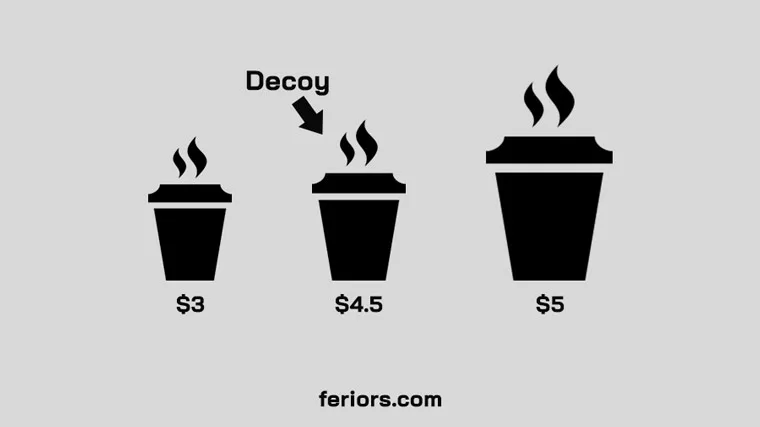
This time, our customers tend to buy the big cup ($5) instead of a small one ($3), and customers are more likely to choose this choice by overlooked its expensive price.
This is because customers compare between medium ($4.5) and big cup ($5) by overlooked the smallest one, and the big cup of coffee ($5) seems most value by comparison.
The Economist Decoy Pricing
The second example of the decoy pricing is The Economist magazine 12 weeks subscription.
The Economist offers three pricing options. If you subscribe only to Print Plan or Digital Plan, you’ll pay $85 each. Normally, if you buy both of them it’s will cost you $170 ($85 + $85). In this case, these two choices are decoy to forces people to subscribe Print + Digital Plan bundle for $105.
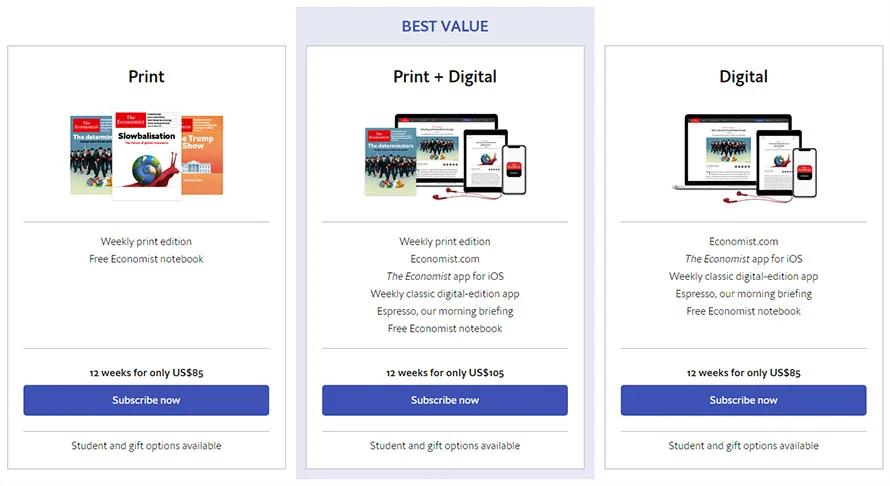
By comparing, the customer will find Print + Digital Plan bundle ($105) is the best economical choice. Instead of $170 as it’s should be, Print + Digital Plan bundle ($105) save us $65 while you’ll get both Print and Digital.
On the other hand, since Print + Digital bundle plan is just $105, which means it’s just $52.5 each. If the customer subscribe only Print or Digital ($85 each) it’s like they cost $32.5 more and feel unreasonable (that’s the decoy pricing strategy want).
Advantage of Decoy Price
The marketers use a decoy pricing strategy when they want to boost sales of the expensive choice. As you can see, creating unreasonable choices can make the expensive one have more attractive and seem the most value by comparison, also making customers overlook its price.
In conclusion, the advantage of the decoy pricing strategy is following these advantages:
- Increase sales of expensive products (for more margin) by create a non-sense choice, to make the expensive product seem to be an economical choice.
- Force customer to buy bundle choice, instead of single product to maximize profit from bundle sell.


